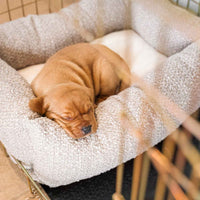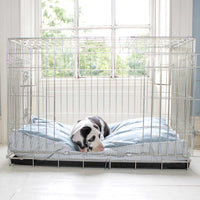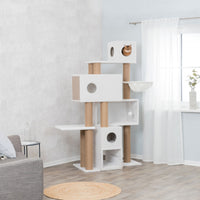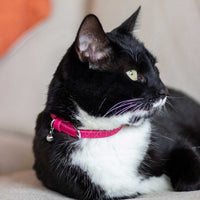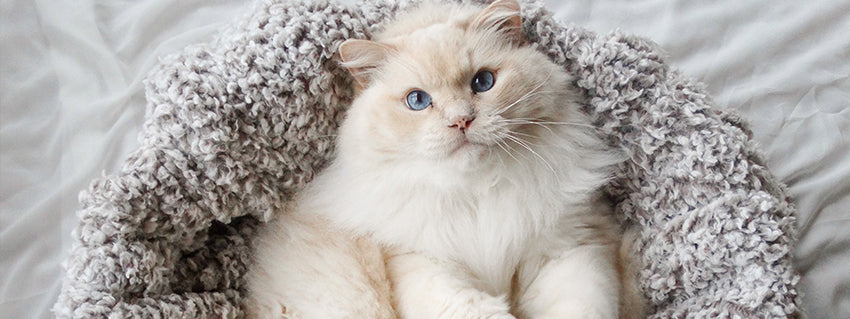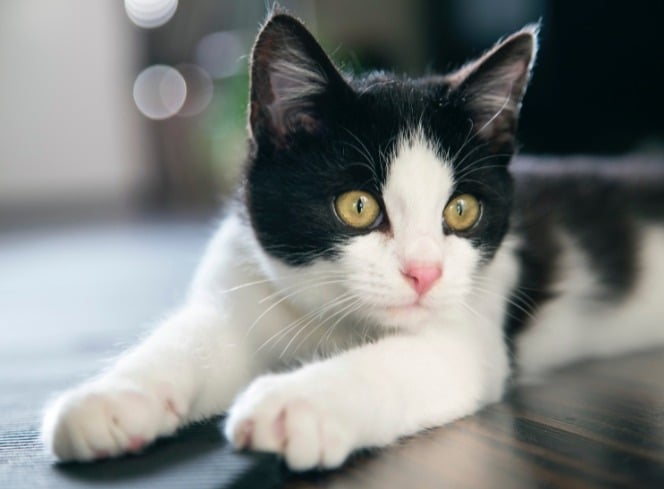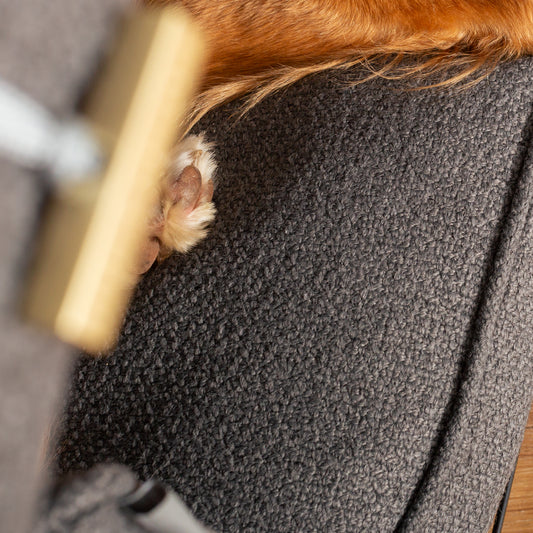As pet owners, we strive to provide the utmost comfort and safety for our feline companions. With the rise in popularity of self-heating beds for cats, many pet owners wonder if these innovative products are safe for their beloved furry friends. In this blog, we will delve into the world of heated cat beds, exploring their safety, functionality, and benefits. If you've ever asked yourself, "Are heated beds safe for cats?" or "How do self-heating cat beds work?" - keep reading to find out all the answers.
What are Self-Heating Beds for Cats?
Self-heating cat beds are specialised pet products designed to provide a cosy and warm resting space for your cat. Unlike traditional cat beds, self-heating beds utilise innovative technology that helps retain and radiate your cat's body heat back to them. These beds often feature heat-reflective materials or thermal layers that make them exceptionally comfortable, especially during colder months.
How Do Self-Heating Cat Beds Work?
Self-heating cat beds employ a simple yet effective mechanism that enables them to provide warmth without using electricity or external heat sources. Most self-heating cat beds are made with a multi-layered design, incorporating materials such as Mylar, a highly reflective film that traps and redirects your cat's body heat. When your feline companion lays on the bed, the heat from their body gets reflected back, creating a warm and soothing environment for them to curl up and relax.
Are Heated Beds Safe for Cats?
Ensuring the safety of our pets is of utmost importance. When it comes to heated cat beds, you can rest assured that they are designed with your cat's well-being in mind. Self-heating cat beds are engineered to maintain a gentle and consistent warmth, so there is no risk of overheating or discomfort for your pet.
Additionally, reputable manufacturers conduct thorough safety tests to meet industry standards. Look for products that have been certified by recognised organisations for their safety and quality. As with any pet product, it's essential to follow the manufacturer's instructions and guidelines for usage to ensure maximum safety and longevity.
Benefits of Self-Heating Cat Beds
- Therapeutic Comfort: The soothing warmth provided by self-heating cat beds can offer therapeutic benefits for cats, especially those with arthritis or joint pain. The gentle heat can help alleviate stiffness and promote relaxation.
- Energy Efficiency: Self-heating beds require no external power source, making them energy-efficient and cost-effective. You won't have to worry about increasing your electricity bill.
- Versatility: Self-heating cat beds are versatile and can be used in various settings, whether indoors or outdoors. They are perfect for providing comfort during chilly nights or in draughty areas of your home.
- Stress Reduction: Cats are known for seeking warm spots to alleviate stress. A self-heating bed can become a safe haven for your cat, reducing anxiety and promoting better sleep.
Do Self-Heating Cat Beds Really Work?
Yes, self-heating cat beds do work! Numerous pet owners have reported their cats showing a preference for self-heating beds over conventional options. The heat-reflective technology embedded in these beds ensures that your cat experiences a cosy and warm spot, even without any external heat sources.
Conclusion
Self-heating beds for cats are a fantastic addition to your pet's comfort repertoire. With their safety, functionality, and therapeutic benefits, they provide an enticing spot for your feline friend to relax and unwind. When choosing a self-heating bed, opt for high-quality, certified products to ensure your cat's safety and satisfaction. So, the next time you wonder, "Are self-heating beds safe for cats?" - the answer is a resounding yes! Treat your furry companion to the warmth they deserve with a top-notch self-heating cat bed.




























